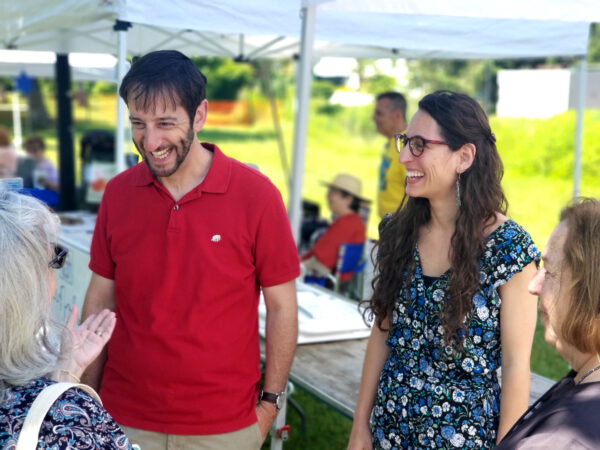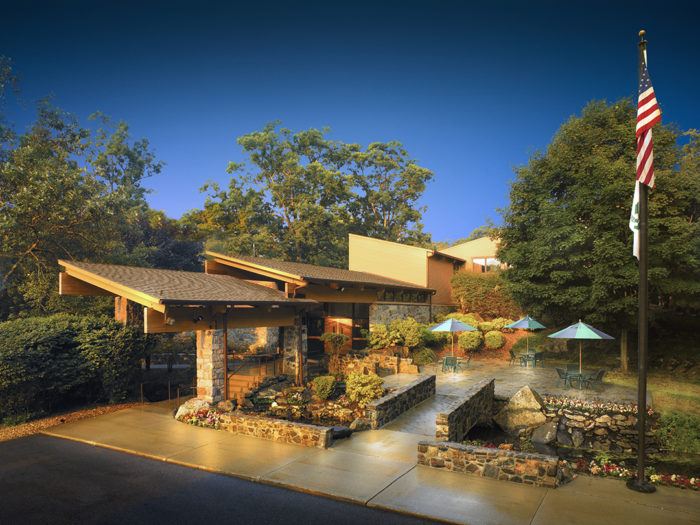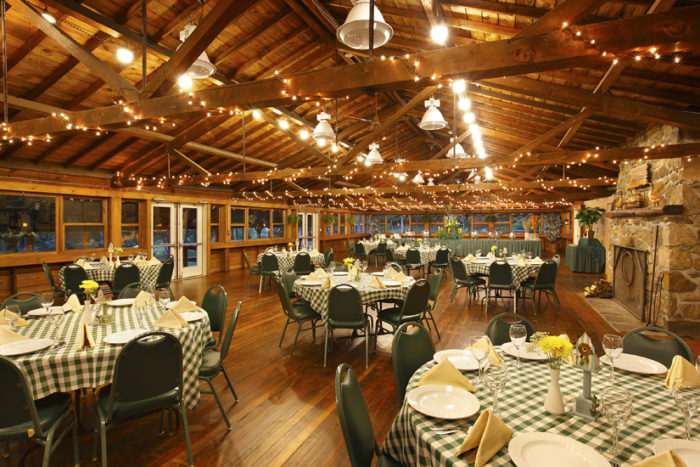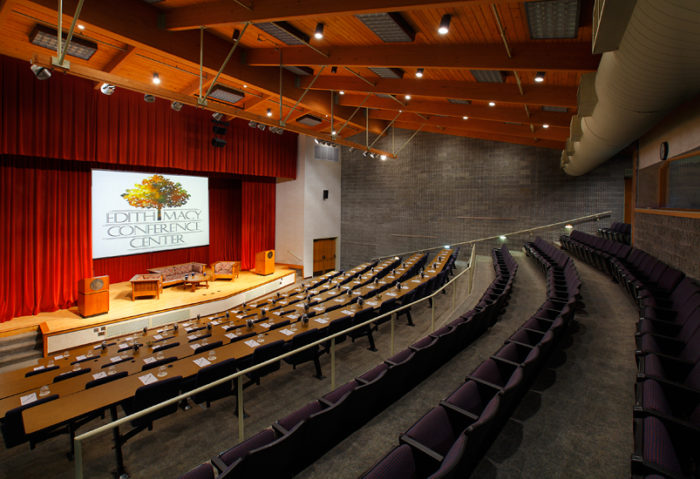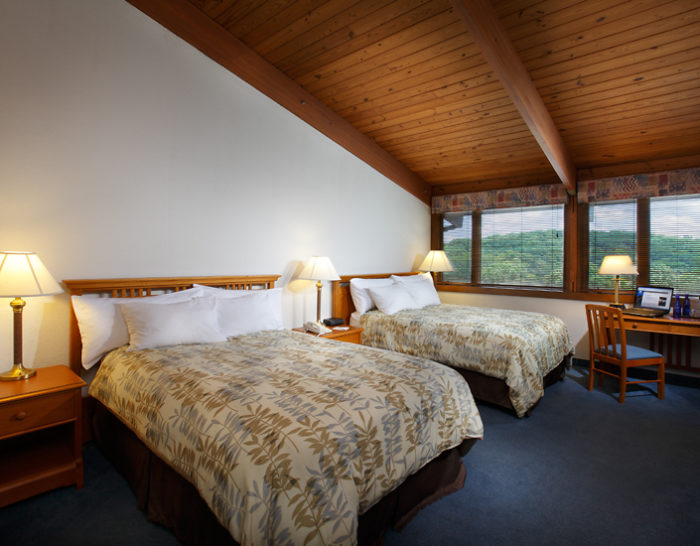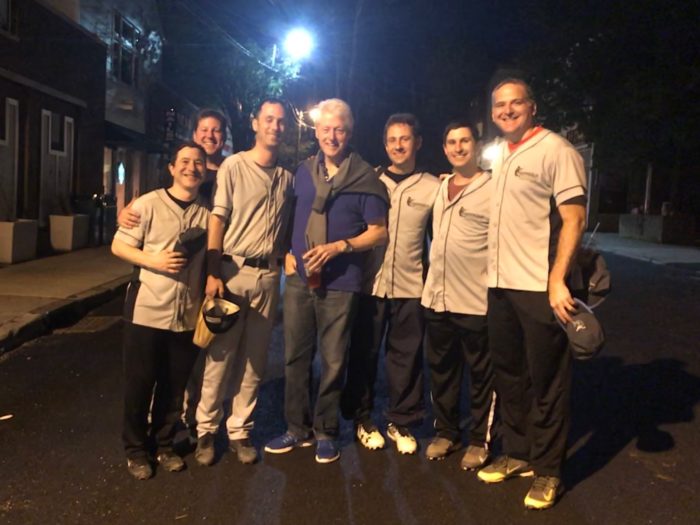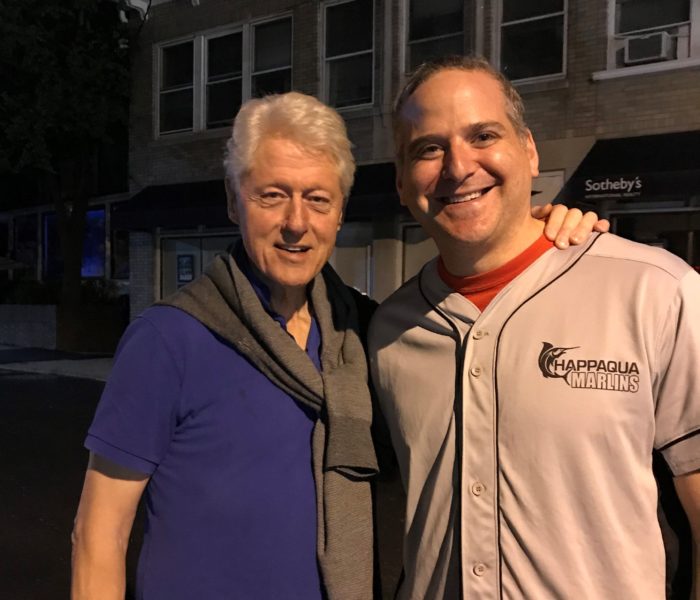The Briarcliff Manor Scarborough Historical Society Preserves Village Lore for all to Learn and Enjoy
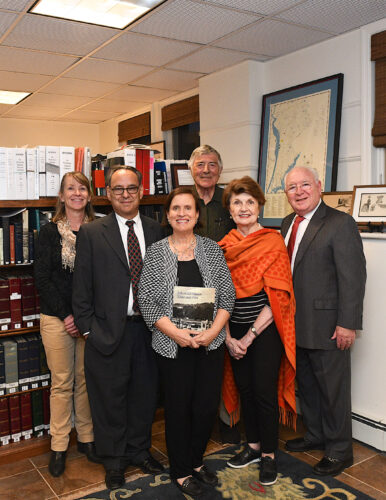
The stories about Briarcliff Manor seem unlimited. The documentation about the village that was incorporated in 1902 appears endless. And all those tales and eye-catching information can be found within the Briarcliff Manor Scarborough Historical Society.
“I love stories and that’s what this place is all about,” historical society executive director Karen Smith said. “It’s not so much the dates–it’s the stories.”
The BMSHS’s mission emphasizes local history, including promoting original research connected to Briarcliff Manor, gathering and preserving artifacts, books, manuscripts, papers, photos and materials related to the village and the greater region and marking local places of historic importance. It’s a wealth of knowledge for people that want to learn more about the community they live in.
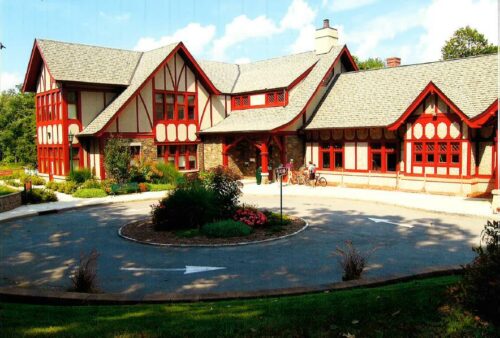
The historical society started in 1974 on the heels of the United States bicentennial when longtime resident William Sharman decided he wanted to spearhead one. Sharman, who is now deceased, grew up in Briarcliff and had all kinds of stories about the village and how it evolved through the years, Smith said.
There were about 30 founding members of the society, including Smith, who was neighbors with Sharman. Now, the society has about 230 members with most living in Briarcliff. Others are scattered around the country, but with some connection to the village.

What’s in a Name
The name Briarcliff Manor comes from an Episcopal reverend whose summer estate was called Brier Cliff after his family home in Ireland, Smith said, citing the book A Changing Landscape by Mary Cheever. James Stillman, president of First National City Bank, named his property Briar Cliff Farm before Walter Law, the founder of the village, purchased 235 acres. Law’s friend, business magnate Andrew Carnegie, gave Law the title “Laird of the Manor,” which resulted in Briarcliff Manor, Smith said.

Smith, who previously worked in finance, got more heavily involved when she retired and wasn’t commuting to New York City daily. She became Board of Trustees secretary, then co-president and is currently the executive director, a title she earned this year.
Smith shared that before the historical society became situated in the basement of the newly renovated library, the organization never had a real home base. Storage of historical papers and artifacts were placed in the wet basements and hot attics of BMSHS members’ houses.
Occasionally, there were one or two places in the village where the historical society could make a display for a couple years, but it was only temporary, Smith said. Renting modest space in the library has been crucial for the historical society, she added. In fact, the BMSHS can be found on the bottom floor of the library.
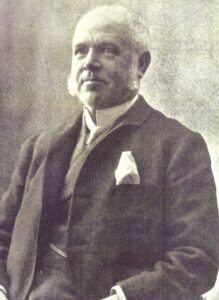
Recognizing Heroes
Some of the work of the BMSHS has helped give recognition to people and places in the village that might have been forgotten or never discovered.
For instance, Smith inquired why a Korean War veteran, John Kelvin Koelsch, didn’t have his name donned on a street sign in the village like many fallen war heroes. After she was left with an unsatisfactory answer, Smith and the BMSHS worked to bring his story to light.
Koelsch, who attended Scarborough School (now Clear View School) in the 1930s, was the first helicopter pilot to earn the Medal of Honor. He was posthumously honored after he died of illness in a prisoner of war camp in 1951.
Eventually a bronze plaque honoring Koelsch and detailing his inspiring heroism was placed in the Walter Memorial Park in 2016 by the village and the BMSHS.
“To have such an exemplary person to have lived here shouldn’t be one that is missed,” Smith said. “And he is not.”
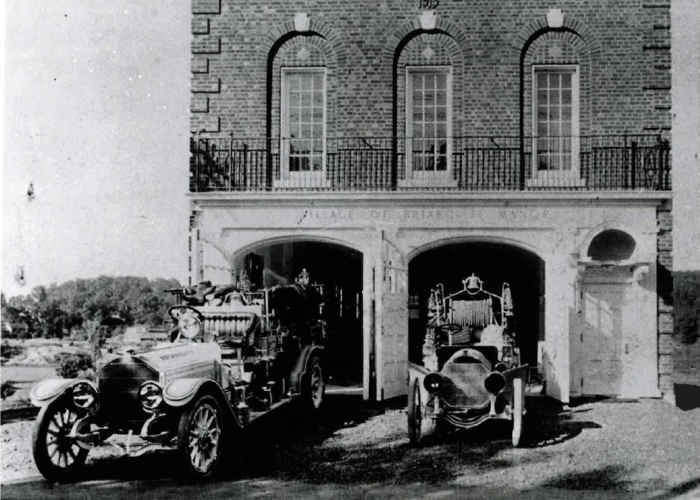
Efforts Toward a Permanent Charter
Pointing toward the future, the BMSHS wants to earn a charter from New York State, which it is currently lacking. There are certain requirements that need to be fulfilled, and while Briarcliff’s historical society is as active as its peer organizations in the region, they are still working toward attaining a permanent charter.
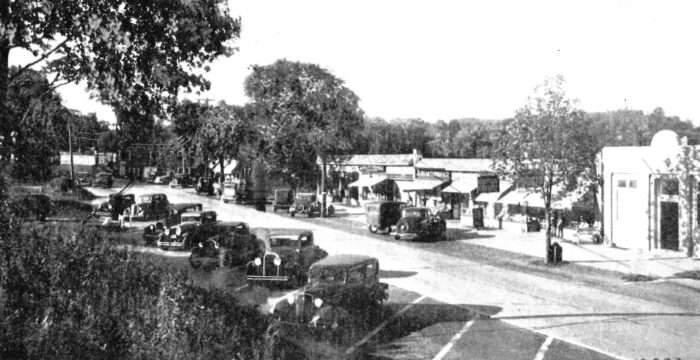
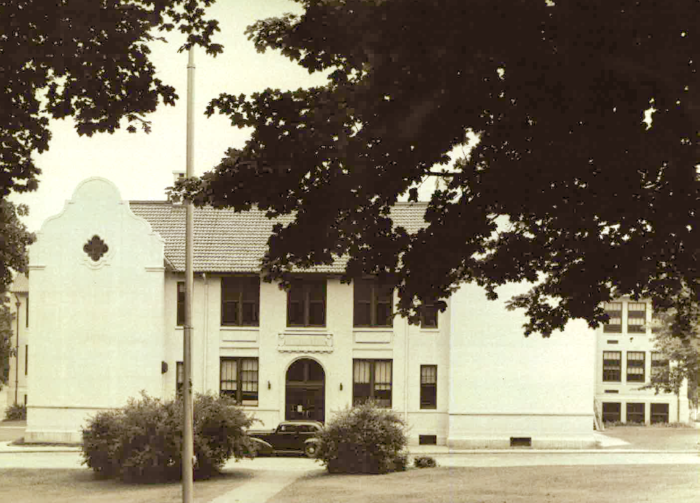
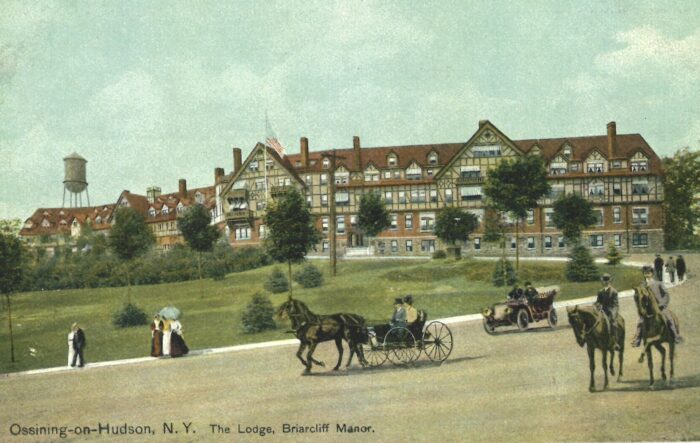
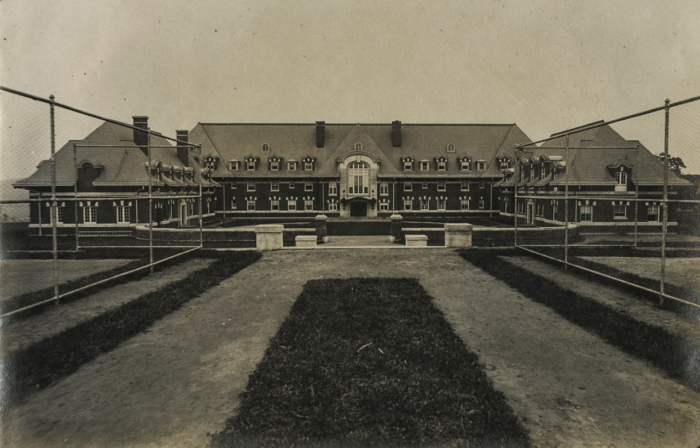
“We’ve been in business for 45 years with a provisional charter,” Smith said, adding in order to get that charter the state “really wants you to know where your stuff came from,” which is tough to do. Smith said the historical society is going to get itself organized, go to the state capitol and make its case to the appropriate officials with hopes of getting that elusive charter.
Board president George Behling said the BMSHS acts as a treasure trove for residents whether it is someone looking at an old photo of their house and looking up a friend that they knew in the village. The goal is to always find items and documents that would intrigue people, he said.
“It’s just a continuous thing as we try to educate the people as much as we can about the history of the village,” Behling, who grew up in Briarcliff, said.
By attaining a charter, the BMSHS would reap more benefits, like the ability to apply for grants, and would hopefully help the historical society grow, Behling said.
Board trustee Charlie Trainor, who has lived in the village for 37 years, said he never knew so many cool facts and stories about Briarcliff until he got involved with the BMSHS a few years ago.Trainor said without Smith and the historical society, “you wouldn’t understand how much went on here.”
As an indispensable resource, the BMSHS continues to collect facts, figures, photos and most importantly, stories, that continue to shape the past and future of Briarcliff.
 When Josh Green was five-years-old, he wrote down at school that when he grew up, he wanted to be a professional racecar driver.
When Josh Green was five-years-old, he wrote down at school that when he grew up, he wanted to be a professional racecar driver.